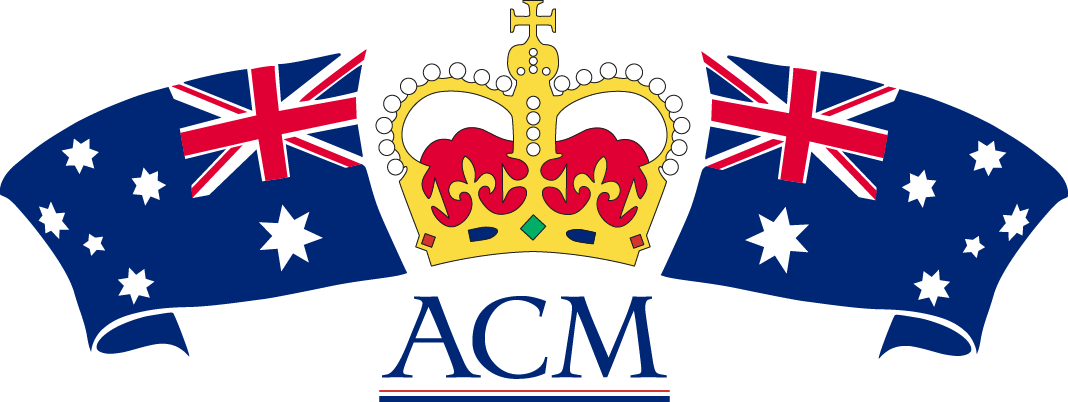No Australian defence unit could have a more glorious history than the 2/13th Battalion. That anyone would disturb their luncheon reunion on ANZAC Day to campaign for a new flag is beyond understanding.
Yet Peter FitzSimons gate-crashed the 2/13th Battalion’s lunch at the Masonic Centre in Sydney on Anzac Day. Apart from the moderator, Ray Martin, he was the principal proponent for flag change in the controversial ANZAC Day 60 Minutes TV programme. He was also one of the founders of the republican " Mate for a Head of State" campaign.

Peter FitzSimons approached Joe Madeley, the president of the 2/13th Association and asked for his support to get the Union Jack removed from the Australian Flag. Joe Madeley said “no”.
FitzSimons then turned to the rest of 2/13th members and said he wanted their support to get the Union Jack off the Australian Flag.
He was greeted with a resounding “no”.
….eight month Seige of Tobruk….
The men of the 2/13th Infantry Battalion hold the honour of enduring the eight-month Siege of Tobruk from start to finish in 1941. They were among the men the German propagandist Lord Haw Haw taunted as the "Rats of Tobruk" because of the way they dug in to survive.
They adopted the name with pride.
As their Association records, “their fallen comrades on the barren coast of North Africa grow not old, but those who are left grow old. No rat cunning can avoid the way the years condemn and yesterday another chapter in Australia's military history came to an end.”

…glorious history…
{youtube}q5Ymjmq8qrQ{/youtube}
The Australian War Memorail records that the 213th battalion was the first complete Australian unit to fight German troops in the Second World War. A summary of that entry follows.
The battle took place at Er Regima on 4 April 1940. The battalion was thinly spread along an 11 kilometre front against a German force of about 3,000 men. The battle began mid-afternoon and continued into the night. Outnumbered and vulnerable the battalion fought on until 10 pm before withdrawing. They initially moved of on foot but were soon picked up by trucks and driven 16 km east of Barce to rest.
By 9 April the 2/13th joined the rest of the division at Tobruk. It helped defend the “fortress” for eight months, being the only Australian battalion to see out the siege. It planned to evacuate in October but was delayed when their convey was forced to turn back from enemy air attack.
The 2/13th reached the forward British defences in mid-July and moved to Tel El Eisa in early-August. It fought in the Alamein battle from 23 October to 5 November 1942, remaining in Tobruk until the siege was lifted in December.
{mosimage}
…service in the Pacific….
The 2/13th left Egypt in January 1943 and disembarked at Sydney in February. After leave and jungle training on the Atherton Tablelands in Queensland in August the battalion embarked for Milne Bay in Papua.
On 4 September the battalion departed Milne Bay on landing craft and landed on Red Beach, north-west of Lae, without casualties. It carried out subsequent jungle operations until Lae fell 12 days later.
The battalion also landed at Scarlet Beach near Finschhafen on 22 September, helping defend the area against Japanese counter-attack.The 2/13th returned to Australia in March 1944, disembarking in Brisbane. After leave, it reformed at Ravenshoe and did not return to action until the final months of the war.Towards the end of April the 9th Division was transported to Morotai to prepare for amphibious landings on Borneo as part of the OBOE operations.
The 2/13th landed at Brunei on 10 June before making another landing in the Miri–Lutong area ten days later. The battalion captured the Lutong airfield and oil tanks and moved inland along the Pujut Road to the Pujut oilfields.
It then moved along Canada Hill to Lobang, where it remained until the end of the war.Following Japan’s surrender, the 2/13th’s ranks thinned, as men were discharged or transferred.
The battalion moved to Luban in November and in December sailed to Australia to “wind up” in preparation for disbandment.
